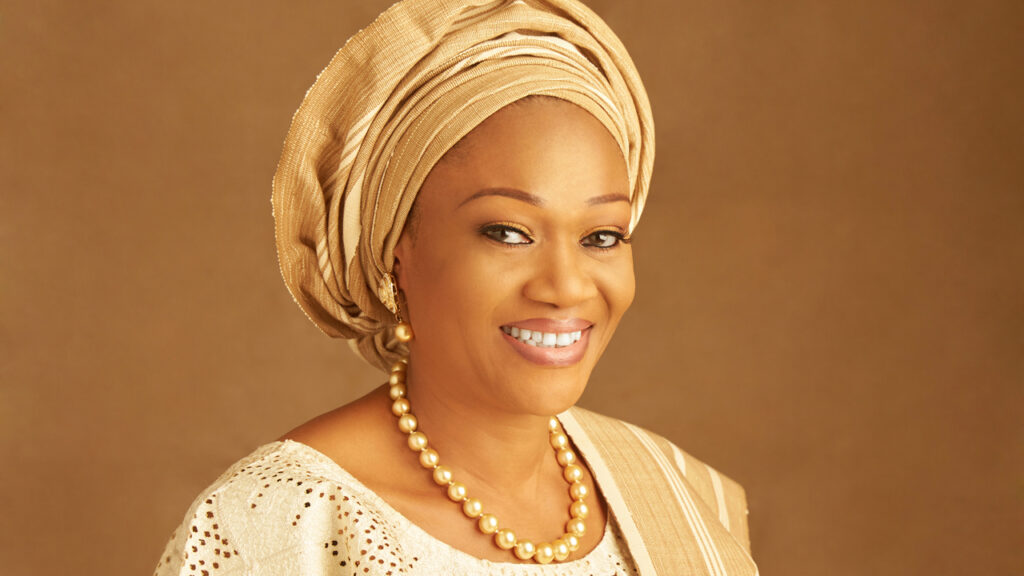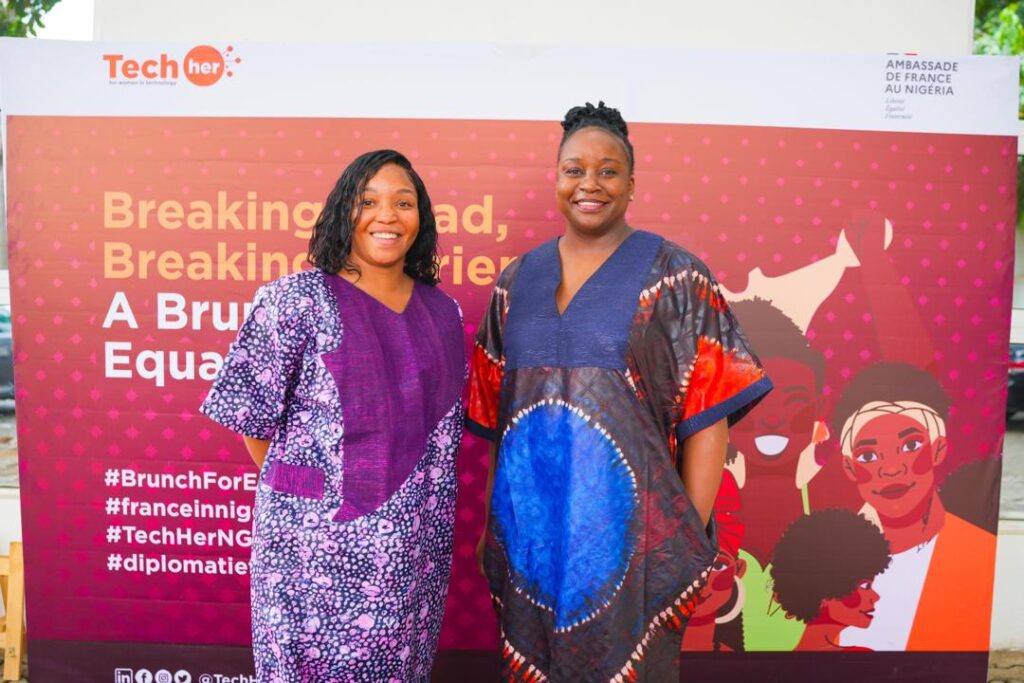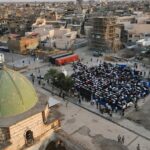 IT is not like the Nigerian state has been standing akimbo. In a report written by Ameto Akpe for Pulitzer Center on Crisis Reporting in 2012, she wrote that, “in January 2011, the Federal Government launched the water road-map, a blueprint that describes the government’s objectives in developing the nation’s water resources between 2011 and 2025. The plan includes the promise that 75 per cent of Nigerians will have access to potable water by 2015, and 90 per cent by 2020. With the launch of the plan, Jonathan’s administration announced the availability of special intervention funds for several projects.”
IT is not like the Nigerian state has been standing akimbo. In a report written by Ameto Akpe for Pulitzer Center on Crisis Reporting in 2012, she wrote that, “in January 2011, the Federal Government launched the water road-map, a blueprint that describes the government’s objectives in developing the nation’s water resources between 2011 and 2025. The plan includes the promise that 75 per cent of Nigerians will have access to potable water by 2015, and 90 per cent by 2020. With the launch of the plan, Jonathan’s administration announced the availability of special intervention funds for several projects.”
The proposed interventions were to be “drilling one motorised borehole in each of the 109 senatorial districts, rehabilitating 1,000 dysfunctional hand pump boreholes in 18 states, supplying and installing 10 special water treatment plants, and completing all abandoned urban/semi-urban water supply projects.” Nearly three years on, one cannot categorically point at these projects as finished or abandoned. President Goodluck Jonathan in 2011 declared, “no Nigerian child in the next few years shall trek long distances to carry water.” As at the end of last year, women and children in Langtang area of Plateau State, still travelled some distance to get water. The Guardian front page of February 17, had a picture of school age children with buckets looking for water in Gombe metropolis. Same scenario goes for many urban and rural communities within the country, the government of the day has failed in bringing something as essential as water to us without sweat.
In a Joint Monitoring Programme (JMP) of WHO/UNICEF for water and sanitation in 2012, it was estimated that based on progress in the past, it would take 28 years for Nigeria to meet the target of making water available to 75 per cent of her citizens. The JMP reports show that between 1990 and 2010, there was only 11 percentage point increase in access to improved water supply in Nigeria. Currently, 58 per cent of the country’s 160 million people have access to potable water. The report noted that for the Nigerian government to deliver on its promise of 75 per cent coverage by 2015, access must increase by 17 percentage points within the next three years.
But rather than improve, the country is in a fix. Last year, Water Aid Nigeria, an international non-governmental organisation estimated that 112 million Nigerians lack access to basic sanitation and clear water. However, as against obvious reality, Jonathan during the last New Year broadcast, asserted that access to potable water had improved from 57 per cent to 70 per cent. This presupposed the government had been resilient in meeting its target, but budgetary allocations to water and sanitation sector have been fluctuating. In 2010, the government budgeted N112 billion for water and sanitation but by 2011, the allocations dropped to N62 billion. For 2012, it was only N39 billion, while in 2013, the budget for Water Resources grew to N84.2 billion.
In a pocket handle book produced by the office of the Special Adviser to the President on Research, Documentation and Strategy, headed by Oronto Douglas, as of 2012, the achievement of the current administration in the Water Sector was listed as completing seven water projects, providing about 4.3 million Nigerians access to potable water; completion of nine dams in Akwa Ibom, Katsina, Enugu and Ondo states, which increased the volume of Nigeria’s water reserve by 422mcm. The same booklet pointed out that 4,000 jobs were created and as of 2012, 65.29 per cent of the population had access to safe water, compared to 60 per cent in 2011. And 375, 000 farmers now had access to irrigated land in 2012, up from 236,000 in 2011.
In 2014, when the same booklet would be reproduced ostensibly for 2015 elections, the only achievement recorded in the water sector was 422m cubic metres of water added to the country’s reservoir, the same one documented in 2012. For discerning minds, this is a clear case of deceit and blatant disregard for citizens who take time to check government files.
As the world prepares to transit to Sustainable Development Goals (SDGs), successor to the Millennium Development Goals, it is indeed a national embarrassment that Nigeria would be dragging the burden of the last 15 years into the new world development plan. Is it possible for her to halt implementation of SDGs post 2015 and concentrate on achieving the MDGs? Logically, how can Nigeria proceed to sustainable development when it cannot guarantee water for all? I grew up in an environment where students that fail repeat classes. Collective promotion without disaggregation would be the bane of our attaining the goals as projected. The proponents of WASH are of the opinion that their campaign is not about vague promises of electricity, employment, etc but a very basic environmental and fundamental human rights of access to water, sanitation and hygiene. That is not too much to ask a responsible and responsive government.
The nadir of Nigeria’s lack of access to safe water is the crude alternative of commercialised sachet water—”pure water”—in which Nigerians have found consolation. Even though almost every sachet comes with purported NAFDAC number, many know how weak the inspection processes are and most “pure water” is the end product of impure environments. As a matter of urgency, NAFDAC needs to review its monitoring policy and make public, verifiable data on the number of companies it has approved to produce sachet water and their company addresses. Rwanda has been identified as one of the few African nations to have met the one of the Millennium Development Goals targets of halving the proportion of its people without access to sanitation. Key to Rwanda’s success has been empowering communities, strong political will and accountability of service providers and governments, which have been held up as examples for other sub-Saharan African nations as they confront their own challenges in water and sanitation.
One known feature of the Water resources sector in Nigeria is the litany of abandoned projects embroiled in corruption. Lack of accountability, transparency and clear management structure, constitutes the albatross to making water available to all. Both the Executive and Legislatures (through their constituency projects), construct borehole that breaks down few days after commissioning. There is hardly any maintenance structure to sustain these water projects. And for centrally controlled water works department, lack of efficiency has created economic deficits. There exist weak rate collection structures; thus, the water sector cannot be equitably relied upon to generate revenue. It is estimated that at least 90 per cent of the country lacks a clear framework for the metering, billing or collection of water payments. Water bill payment defaults are estimated to have accrued to an astonishing debt of N1 billion. This sector alone, given the necessary political will, would have created ample employment opportunities and helped the country in bridging the disturbing unemployment gap.
At its 24th Summit, which closed on January 31, 2015, the African Union officially launched the Kigali Action Plan of 50-million euro agreement to bring drinking water, basic toilets and hygiene promotion to 10 million Africans in 10 countries: Burundi, Central African Republic, Chad, Liberia, Madagascar, Mali, Sierra Leone, South Sudan, Lesotho and Mauritania—all on the list of Least Developed Countries (LDCs)—in the next 15 years. Even though Nigeria is not among the countries, a home-made plan needs to be developed to essentially reduce the number of people without access to water in Africa’s biggest economy.
• Concluded.
Mojeed-Sanni wrote from Centre for Democracy and Development (CDD), Abuja.
Twitter handle: SM_S0407









